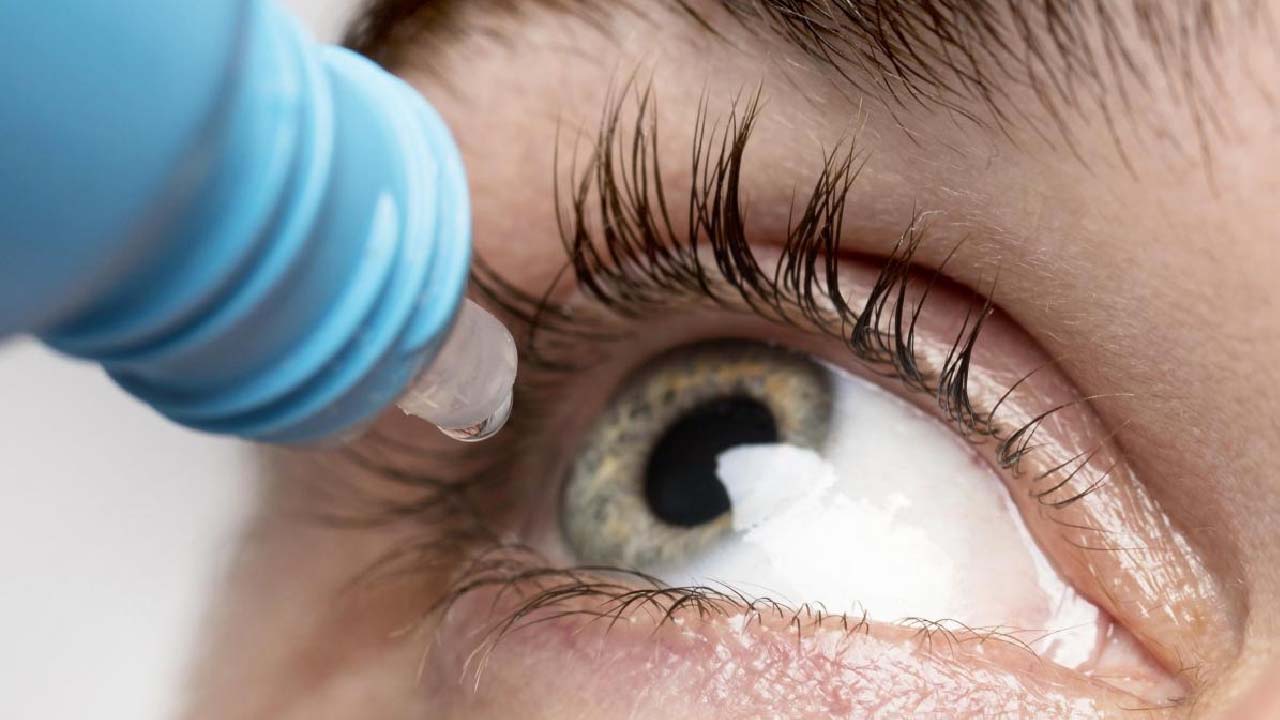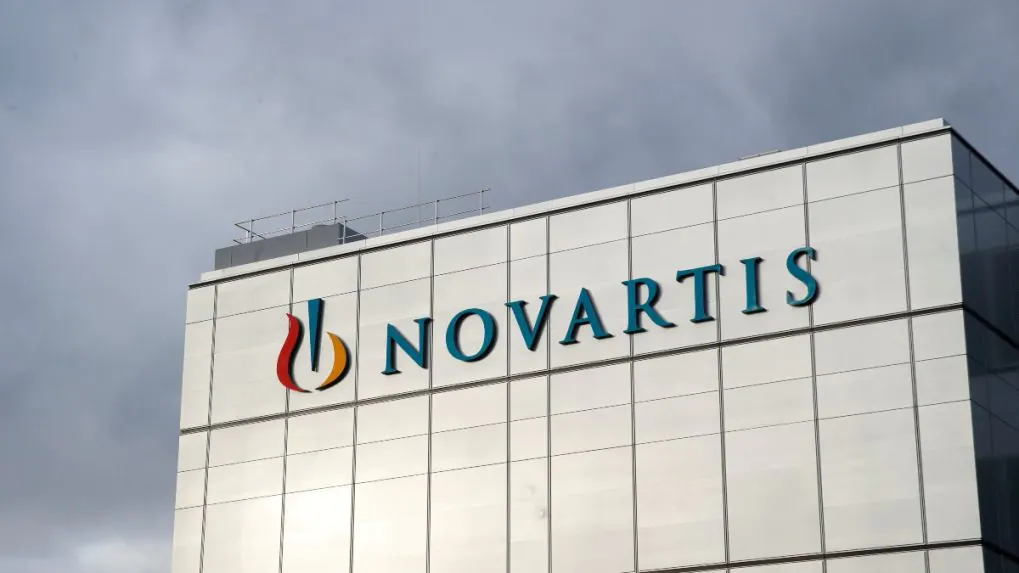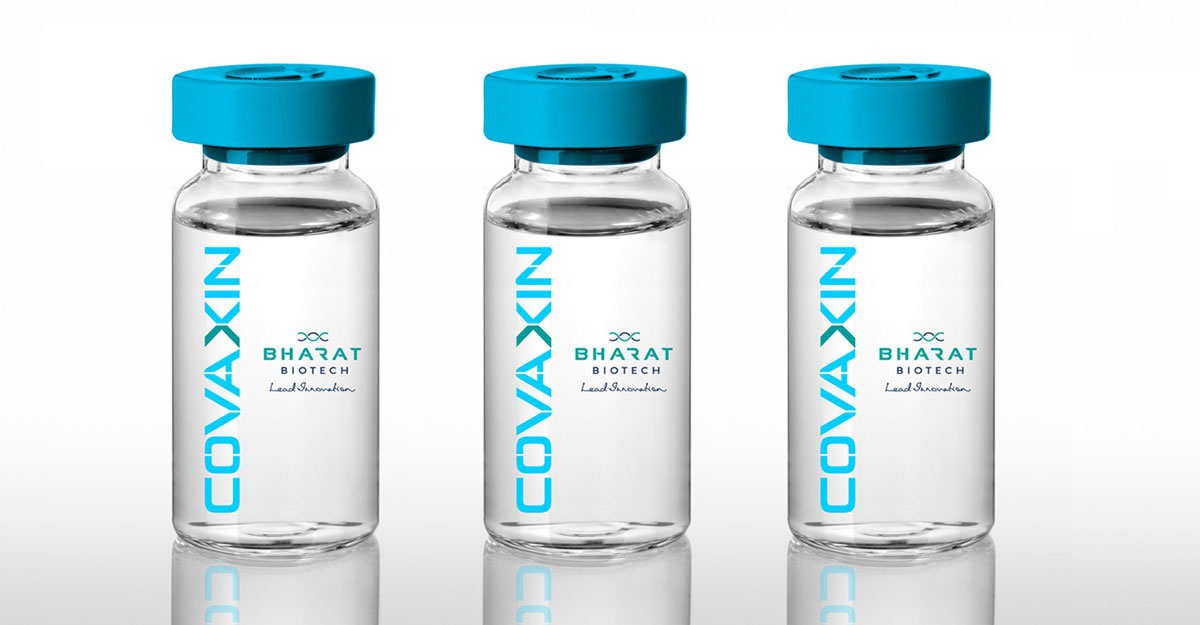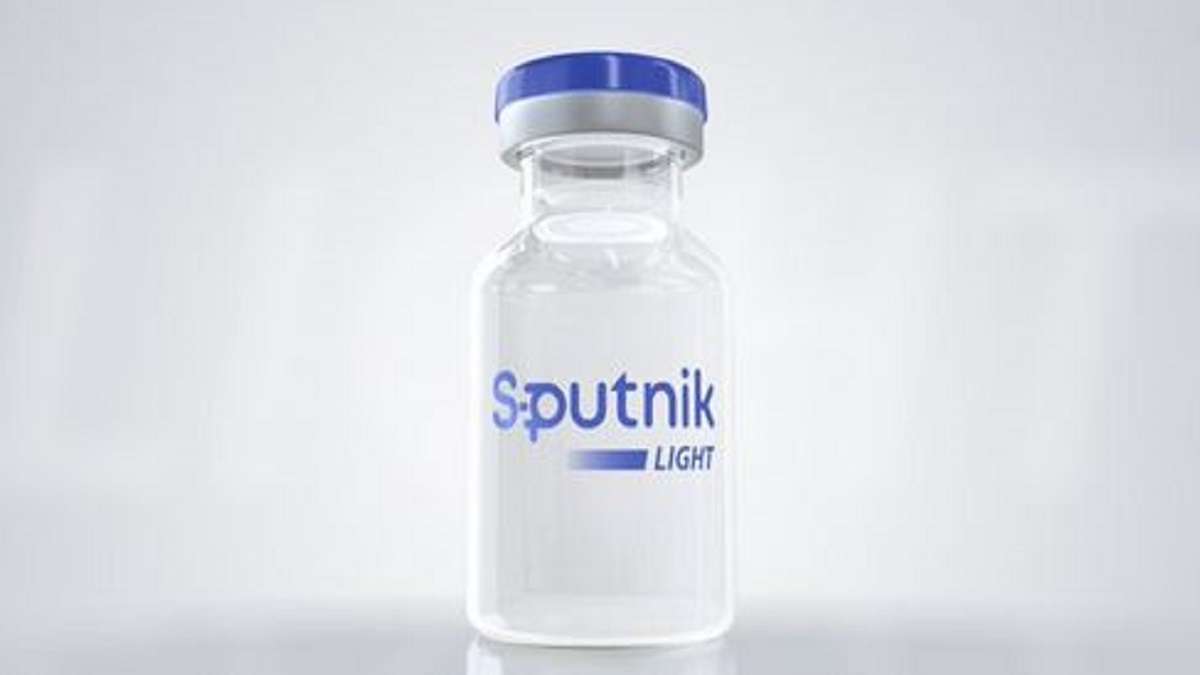Lymphatic Filariasis (LF) is one of the most persistent and debilitating diseases that has plagued many communities in India, trapping people in cycles of poverty and social exclusion. Known commonly as "elephantiasis," LF can cause severe swelling of the limbs and other parts of the body, creating immense physical discomfort, disability, and social stigma. However, India has been making significant strides in its battle against this parasitic disease, driven by strategic interventions, medical advancements, and community outreach.
LF is caused by parasitic worms transmitted through mosquito bites, leading to chronic conditions like elephantiasis and hydrocele. The disease primarily affects the lymphatic system, causing fluid accumulation and tissue swelling, which can severely disable those infected. With over 740 million people at risk across the country, LF remains a critical public health challenge.
India bears a heavy burden of LF cases, accounting for nearly 40% of the global burden. People living in rural and underserved areas are the most vulnerable, facing not only the medical consequences of the disease but also severe social stigma that exacerbates their isolation and limits economic opportunities. For many, the condition becomes a life sentence of disability, making it difficult to earn a living and leading to a diminished quality of life.
Despite the scale of the challenge, India has made notable progress in its fight against LF, thanks to comprehensive campaigns designed to eliminate the disease once and for all.
To tackle LF at its root, the National Centre for Vector Borne Diseases Control (NCVBDC) has launched an ambitious campaign called Mass Drug Administration (MDA), which aims to halt the transmission of the parasitic worms that cause the disease. In a recent effort, the NCVBDC targeted 63 districts across six states, implementing a large-scale door-to-door drug administration campaign. The primary goal was to exceed the coverage rate of 82.5% that had been achieved in 2023, pushing India closer to the target of eliminating LF.
MDA campaigns are critical in the fight against LF because they break the cycle of transmission. The administration of drugs which is free of cost to the public aims to kill the parasitic larvae in infected individuals and prevent mosquitoes from transmitting the disease to others. Through these campaigns, millions of vulnerable individuals receive life-saving treatment without having to leave their homes, thereby improving accessibility and ensuring widespread participation.
One of the core strategies in MDA is the use of both double-drug and triple-drug regimens to combat the LF parasites. The drugs used: Ivermectin, Diethylcarbamazine (DEC), and Albendazole are powerful anti-parasitic medications that work together to clear the body of parasitic worms. In some areas, the triple-drug regimen is used, which has been found to be more effective in accelerating the elimination of LF.
However, not everyone is eligible for these medications. Pregnant women, children under the age of two, and individuals suffering from severe illnesses are excluded from the treatment to ensure safety. For the rest of the population, adherence to the drug regimen is critical to achieving the desired outcomes.
One of the greatest obstacles in the MDA campaign is ensuring full coverage and adherence. There are often challenges related to absenteeism, reluctance, and misconceptions about the drugs being administered. Many people, especially in rural areas, are hesitant to take the medications due to fears of side effects or misunderstandings about the purpose of the drugs.
In response to these challenges, India’s frontline health workers play an instrumental role. These workers, often from within the communities they serve, are tasked with educating people about the importance of taking the medications and following up with those who initially refuse. Directly Observed Therapy (DOT), where health workers ensure that the medication is taken in their presence, has proven effective in increasing compliance. By building trust and addressing concerns, these workers help overcome the barriers that prevent people from participating in the MDA campaign.
Moreover, health workers are essential in teaching communities about mosquito control, which is a crucial aspect of LF prevention. By explaining how simple measures like using bed nets and eliminating stagnant water can reduce mosquito populations, health workers contribute to the overall reduction of LF transmission.
In recent years, the integration of digital tools has revolutionized India’s approach to managing and monitoring public health campaigns. Two notable applications the "SukRtya" app in Bihar and the CS Pro app in Uttar Pradesh have been pivotal in enhancing real-time monitoring of the MDA campaigns. These tools allow health officials to track the distribution of medications, assess coverage rates, and identify areas where intervention is needed. This real-time data ensures that resources are allocated effectively and that any gaps in coverage can be addressed promptly.
The use of digital technology has significantly improved decision-making and accountability during MDA campaigns, enabling timely interventions that can prevent the spread of LF in vulnerable regions. By providing accurate, up-to-date information, these apps help ensure that no community is left behind in the fight against LF.
While significant progress has been made, the road to eliminating LF in India remains long and fraught with challenges. Continued efforts are needed to ensure that all at-risk individuals receive the necessary treatment and that communities remain engaged in prevention efforts.
Community engagement is particularly important in maintaining momentum. As with many public health initiatives, the success of LF elimination depends on sustained collaboration between health authorities, local governments, and the communities themselves. Public awareness campaigns, educational programs, and continued follow-up will be essential in keeping LF at the forefront of public health priorities.
Additionally, surveillance must remain a top priority. Even as MDA campaigns reduce the prevalence of LF, ongoing monitoring is crucial to detect any resurgence of the disease. Continued investment in surveillance systems will help ensure that India stays on track to eliminate LF entirely.
The elimination of LF is about more than just reducing the number of cases; it’s about restoring dignity and freedom to those who have suffered from this disease for far too long. For individuals affected by LF, the disease not only causes physical pain and disability but also subjects them to social exclusion and economic hardship. Many are unable to work or participate fully in society due to the stigma associated with the disease.
By eliminating LF, India is taking a major step towards breaking the cycle of poverty and marginalization that traps so many people. This public health victory would allow millions to reclaim their lives and contribute to their communities without the burden of disability and stigma.
India’s fight against lymphatic filariasis is a testament to the power of public health campaigns and the dedication of health workers across the country. Through the Mass Drug Administration campaigns and the tireless efforts of frontline health workers, the country has made tremendous strides in reducing the prevalence of LF and improving the quality of life for millions of people.
However, the battle is not yet won. Continued investment in public health infrastructure, community engagement, and digital tools will be necessary to sustain progress and ultimately eliminate LF. With a strong commitment to this cause, India can move closer to its goal of becoming LF-free, offering hope and health to future generations.

 By eliminating LF, India is taking a major step towards breaking the cycle of poverty and marginalization that traps so many people.
By eliminating LF, India is taking a major step towards breaking the cycle of poverty and marginalization that traps so many people.



















.jpeg)



















.jpg)
.jpeg)